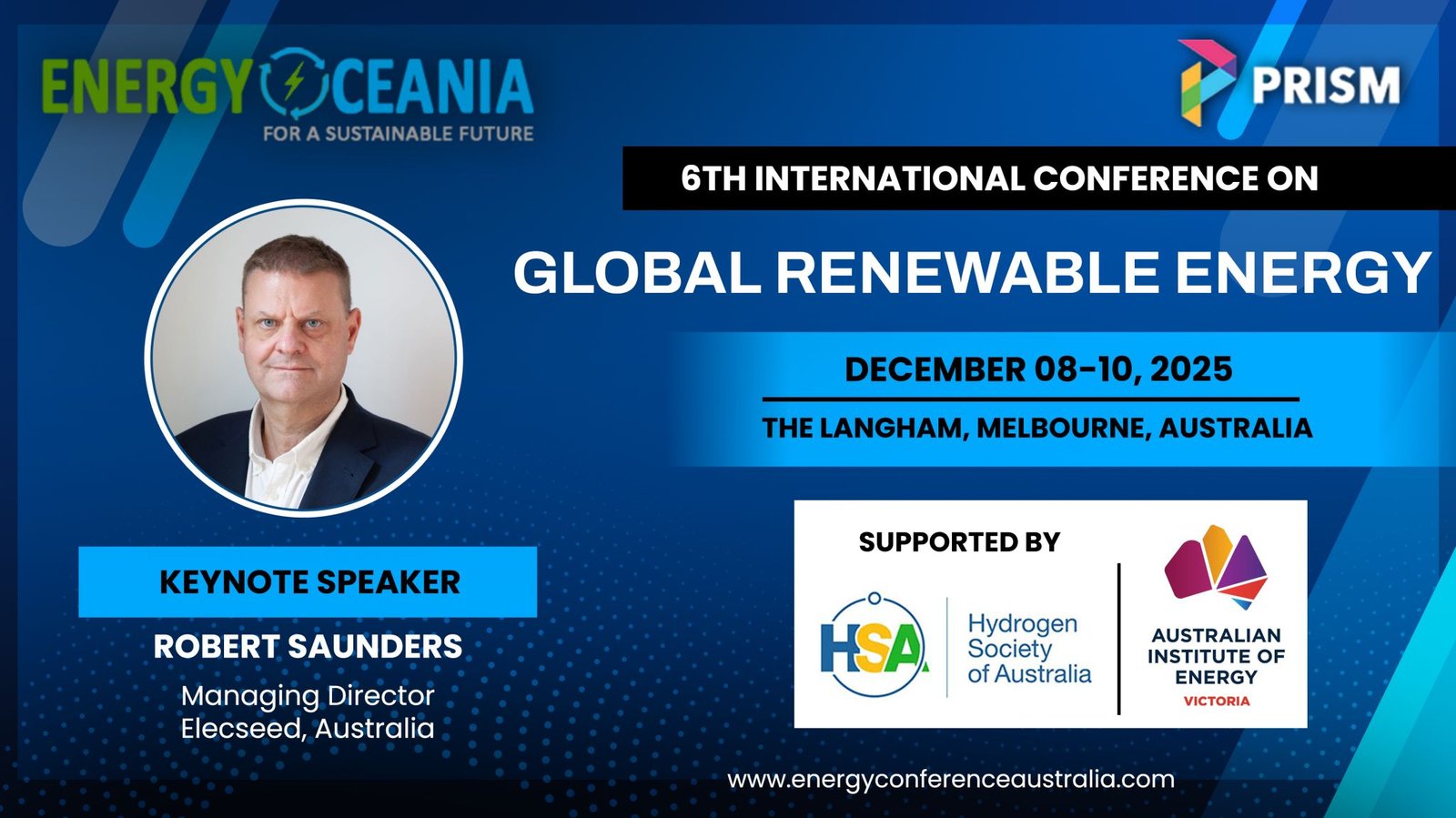World Bank Group: JUERGEN VOEGELE MOHAMED GOULED ETHIOPIS TAFARA MARCH 2024
The private sector is vital as an off-taker, financier, investor, and operator. Bringing in private sector participation can help countries bridge significant investment gaps to meet their SDG 6 targets by 2030.
Water is the planet’s lifeblood, a critical resource sustaining people, the environment, and entire economies. But water crises, ranging from too much to too little or too polluted, are on the rise.
The private sector is vital as an off-taker, financier, investor, and operator. Bringing in private sector participation can help countries bridge significant investment gaps to meet their SDG 6 targets by 2030.
The World Bank Group and partners—including our private sector arms, the International Finance Corporation (IFC) and the Multilateral Investment Guarantee Agency (MIGA), and the 2030 Water Resources Group, a public-private collaboration platform—have joined forces
to create the Strategic Framework for Scaling Up Finance for Water. It focuses on four key areas to catalyze financing and innovation for the water sector: establishing enabling conditions for investment; bringing in private sector expertise; diversifying financing solutions; and advancing climate outcomes.
Scaling impact through the Global Challenge Program
The World Bank Group plans to implement these principles and tackle the issues posed by climate change on water through a new Global Challenge Program, ‘Fast Track Water Security and Climate Adaptation’.
It will work across the world to increase access to safe water supply and sanitation, scale up irrigation services, and reduce flood and drought risks.
The global program recognizes the importance of both the public and private sectors in supporting the urgent transformation needed to combat the water crisis.
For example, in India, the government collaborated with the World Bank Group, including IFC and the 2030 Water Resources Group, on a public-private partnership to support wastewater treatment and reduce pollution in the river Ganges.

Image source: AP. Ganges River Basin India: 80% lies in India – then Nepal, China, and Bangladesh.
Under this model, the government paid 40 per cent of project costs to private developers on completion of construction, with the remaining 60 per cent paid to private operators in annuities over 15 years, in addition to performance-based operation and maintenance payments. Replicated across many cities and towns in the Ganges basin, the project has enabled the government to decrease river pollution, restore biodiversity, enhance water quality, eradicate water-borne diseases, and improve the livelihoods of small local businesses through more tourism.
We need the right investment conditions: Creating an enabling environment.
Large, coordinated flows of public, concessional, and private capital are necessary to compensate for decades of underinvestment in the water sector—and to meet present and future challenges. An estimated $6.7 trillion in water-related infrastructure will be needed by 2030, and this figure is expected to rise to $22.6 trillion by 2050.
More than 2 billion people lack access to safe drinking water. And almost half of the world’s population—3.6 billion people—lacks access to sanitation.
Governments must establish enabling conditions and reforms to facilitate a greater flow of public and private finance for water sector investments. They should identify areas where private capital can help and develop a pipeline of bankable projects to attract this capital.
We need the private sector’s expertise: Boosting participation to bridge the gap.
Public and private sectors have chronically undervalued water.
The debate over whether water is a human right, or an economic commodity has inhibited investment, particularly from the private sector. However, with trillions of dollars of investment needed and most governments having tight budgets, the public sector alone will not achieve Sustainable Development Goal (SDG) 6 targets on clean water and sanitation for all.
Compared with other infrastructure sectors such as power, telecommunications, and transport – private sector participation in water has remained negligible, with about 85 per cent of annual spending in the water sector coming from the public sector.
We need a range of solutions: Diversifying and expanding financing options
We need more investment in water, but it’s also essential to have more—and different—ways of financing the sectors that are tailored to a country’s needs, context, and risks.
The public sector plays a central role in providing funding for water investments, ensuring efficiency in the use of public resources to attract additional funding, improving sector governance and efficiency, and guiding water allocations, pricing, and capital planning.
Meanwhile, the private sector can be critical in providing much-needed capital, operating expertise, and innovation to enhance efficiency, lower costs, increase revenues, and support climate resilience.
We need to think about our future on a livable planet: Advancing climate outcomes
The World Bank Group is working with partners. Investing in energy efficiency and renewable energy is one way in which water supply and sanitation utilities and irrigation service providers can start targeting specific climate mitigation outcomes while improving their financial outlook.
Such as the AS Samra Wastewater Treatment Project, the wastewater treatment plant treats about 70 per cent of the country’s wastewater, meets the needs of 3.5 million people, and generates about 84 per cent of the power required for its operations.
As climate change manifests itself primarily through water, the water sector offers the best prospects for both adaptation and mitigation investments.
Source: https://blogs.worldbank.org/api/dashboard/blogs/export?langcode=en via @@worldbank













